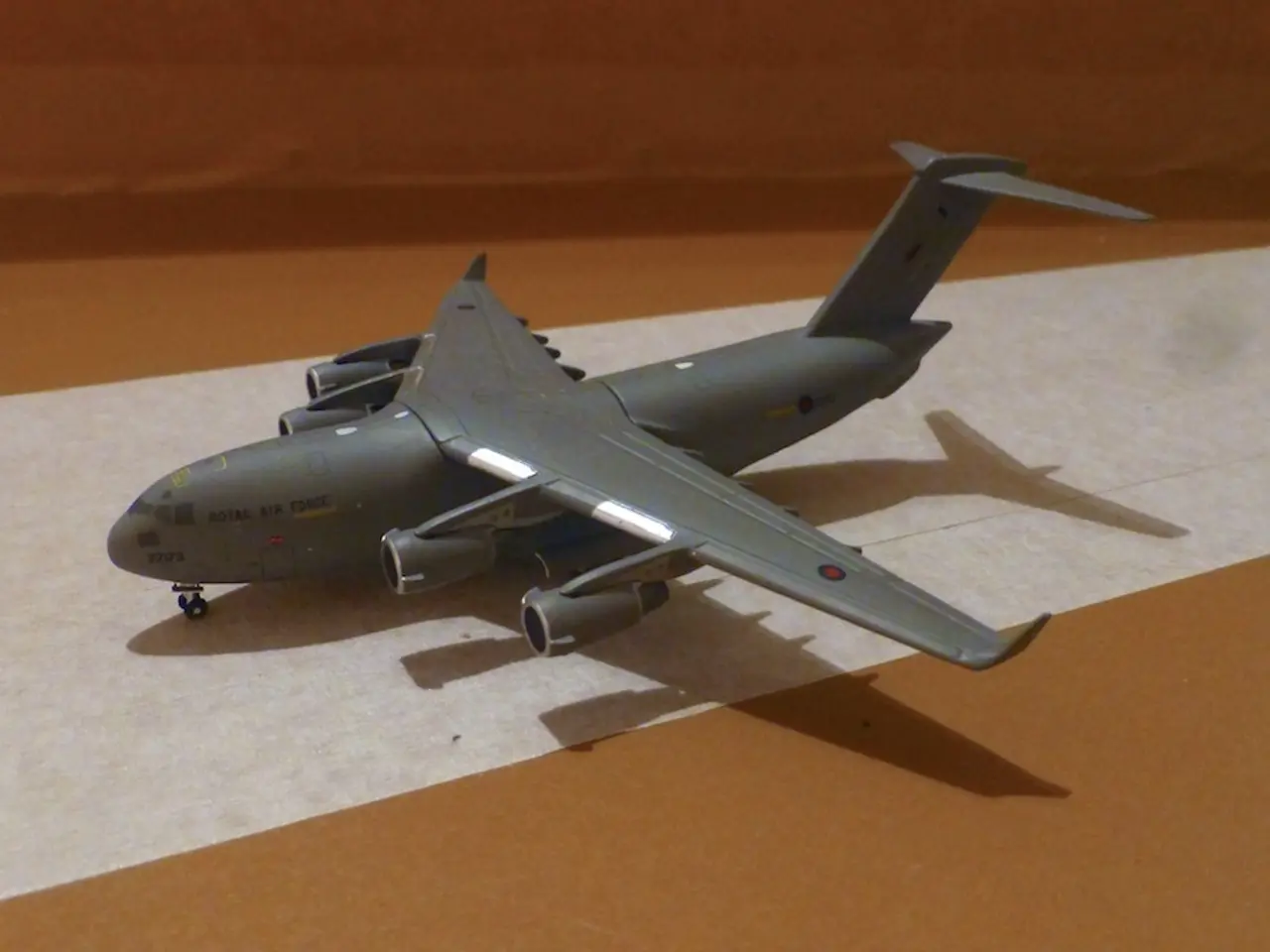Air New Zealand initiates Starlink trials, marking a world-first in turboprop aircraft adaptation.
Air New Zealand is making waves in the aviation industry with its groundbreaking trial of Starlink's satellite-powered inflight Wi-Fi on its domestic fleet. The innovative technology being tested could pave the way for more seamless, high-speed connectivity in the skies, particularly in geographically challenging countries like New Zealand.
The trial, which began with the Airbus A320 (ZK OXE), now includes an ATR 72-600 turboprop aircraft, marking the first time any airline has taken Starlink technology live onboard a turboprop aircraft, as well as on a domestic flight. This world-first implementation on turboprops extends high-speed internet access beyond jets to regional and short-haul flights.
Passengers on these flights can now enjoy free, high-speed, low-latency internet during the trial period. This means they can browse the web, access social media, stream videos, or even play online games, significantly improving onboard entertainment and connectivity on domestic flights.
The trial offers valuable data on how Starlink performs under real-world conditions, such as varying altitudes and short flight durations, informing potential broader rollouts. Air New Zealand's Chief Digital Officer, Nikhil Ravishankar, continues to push the boundaries of what's possible on short-haul routes with this trial.
Starlink uses a Low Earth Orbit (LEO) satellite constellation that provides faster, more reliable internet with lower latency compared to traditional geostationary satellite systems. This is especially beneficial for countries like New Zealand with challenging geography.
The benefits of this trial extend beyond improved passenger experience. It could dramatically enhance regional aviation connectivity, bringing reliable internet onboard regional turboprop flights. If the trial proves successful, Air New Zealand plans to expand Starlink Wi-Fi to other aircraft in its domestic fleet within the year, potentially transforming the overall passenger experience across more routes.
Being the first airline to implement inflight Wi-Fi on turboprops may provide Air New Zealand a pioneering advantage in the domestic market, appealing to tech-savvy and connected travelers. The trial could also pave the way for other airlines and operators to retrofit turboprops with Starlink connectivity, accelerating adoption of LEO satellite internet in the aviation industry globally.
In summary, Air New Zealand’s Starlink trial on turboprop aircraft promises to enhance passenger connectivity on regional flights through high-speed, low-latency internet, offering a pioneering step that may reshape domestic aviation experiences and set new standards for inflight Wi-Fi services.
Science and space-and-astronomy technologies play a crucial role in Air New Zealand's trial of Starlink's satellite-powered inflight Wi-Fi, as the Low Earth Orbit (LEO) satellite constellation utilized by Starlink offers faster, more reliable internet with lower latency compared to traditional geostationary satellite systems, which is especially beneficial for countries with challenging geography like New Zealand.
The successful implementation of Starlink Wi-Fi on Air New Zealand's ATR 72-600 turboprop aircraft extends high-speed internet access beyond jets to regional and short-haul flights, a significant advancement in aviation technology that could potentially transform the passenger experience across more routes.



